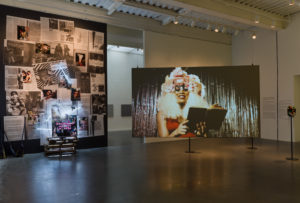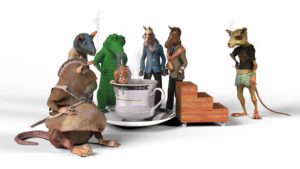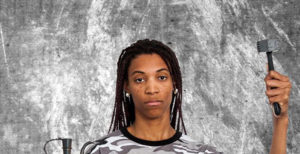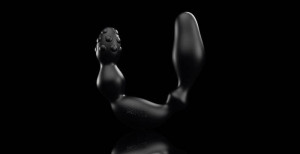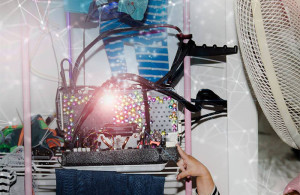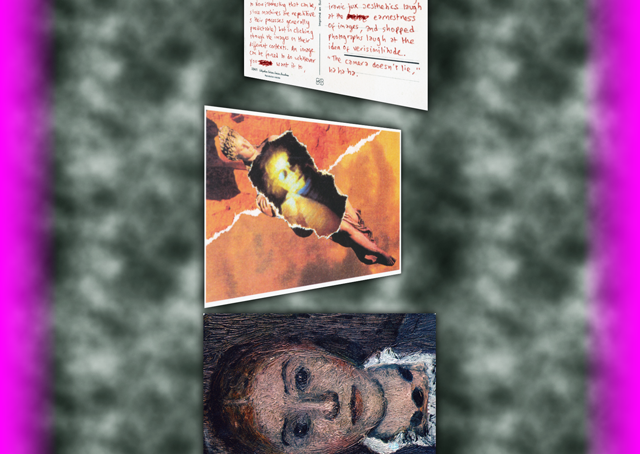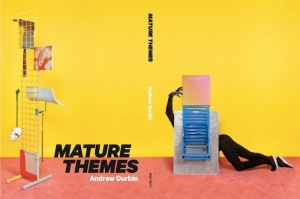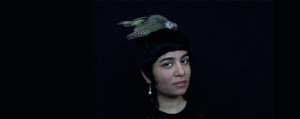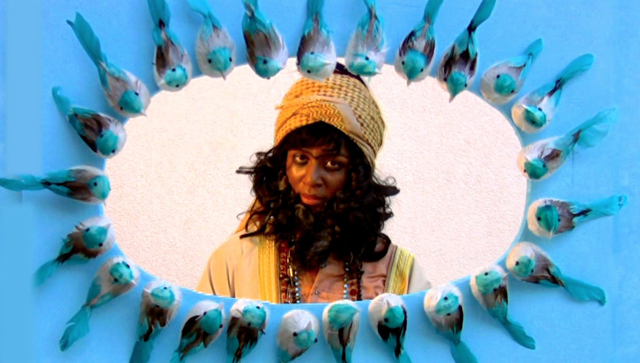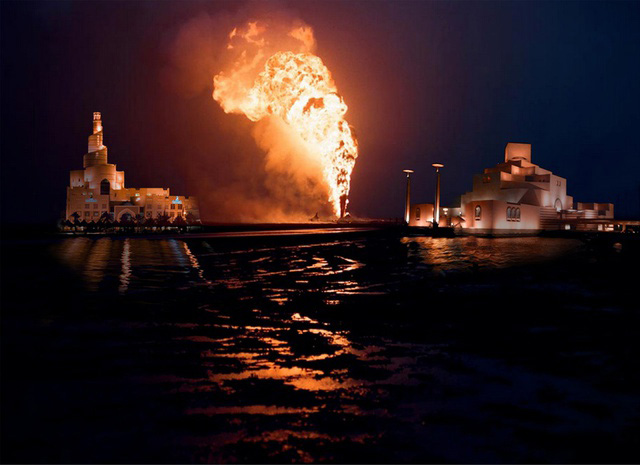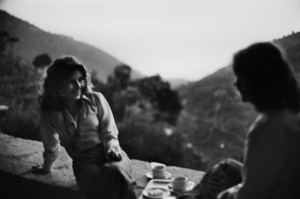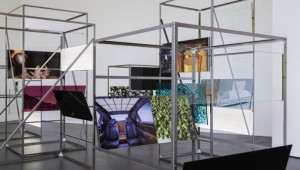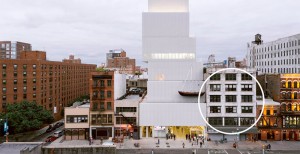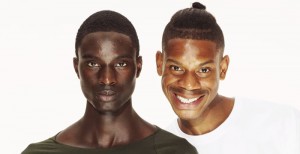A medical curtain rail, as one might see in an ER, runs along the periphery of Simone Leigh’s New Museum exhibition called The Waiting Room. Yet, the curtain itself is made of military netting, in sterile white instead of camouflage. The simple gesture tacitly announces that this is not a neutral space, declaring the urgent nature of its existence. Is/was this a militarized zone? Is the stark whiteness of the netting providing camouflage for those within?
Last night on September 1, in a powerful and vital declaration of non-neutrality, ‘Black Women Artists for Black Lives Matter’ took over three floors of the New York institution in a ebullient display of communal healing, solidarity, and action. Beginning in July of this year, Leigh gathered over one hundred black women artists (a list of whom you can see here) “to form a collective force underground in response to continued inhumane, institutionalized violence against black lives.” The result was an evening of programming, including installations, performances, screenings, and even an herbal tea service.
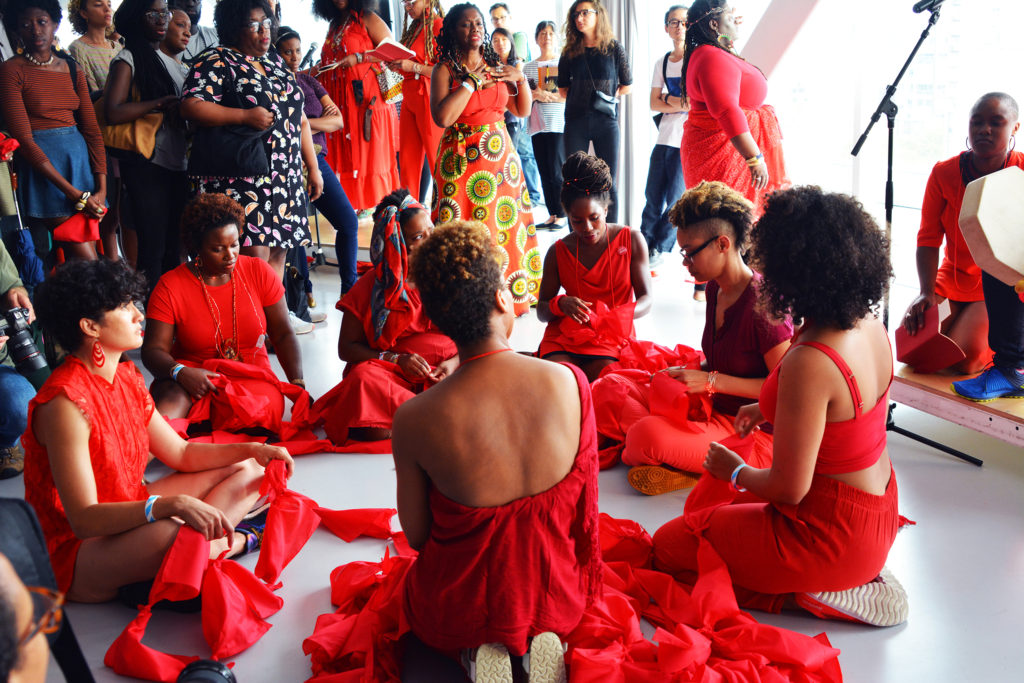
BWA for BLM was one of many events organized by Leighas part of her residency at the museum. Her exhibition, running June 22 to September 18, acts as a hub for these events, offering an alternative, inclusive space for physical, spiritual, and emotional healing, particularly focused on the experience of black female subjectivity. While it may sound optimistic, Leigh has carefully articulated a space where past traumas and transgressions are not pushed aside, but are instead situated in a delicate morphology that actively integrates the cause of societal/personal/bodily trauma into the site of communal/spiritual/therapeutic healing. And the black female body acts as the locus for this transitional, healing moment. For instance, a black Clonette doll (which is a relic of colonialism, but also proof of a cultural appropriation that adopted it as talismanic protection for pregnant women) is placed amidst shelves of medicinal herbs. An image of a Mammy-shaped building (an icon of American slavery and its legacy, but also of black maternal care) is elevated to totemic status with its African counterparts, and projected before rows of meditation pillows. The slippage of time in these iconic images and objects, allow viewers to see the cause of a societal wound, and to see the possibility of life beyond it simultaneously.
‘Black Women Artists for Black Lives Matter’ uses a similar strategy of merging past and present, victory and defeat in the evening of programming, screenings and installations. Upon entry, two sequined flags (which are frequently used in Vodou ritual) flank either end of a long central wall in the lobby, reading “JOY” and “GRIEF”, respectively, highlighting two poles of intense feeling, but also two valid modes of resistance to oppression. I find myself wondering whether rage also has a place here.
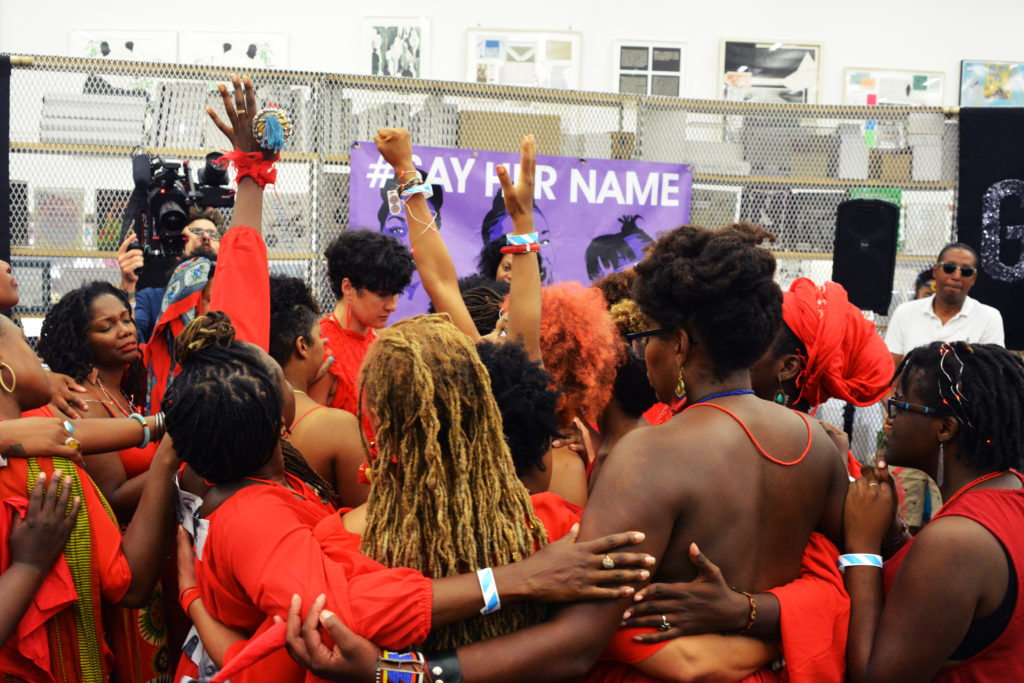
The focal point of the program is ‘A Litany: A collectively devised poem’, which is performed by several of the contributing artists. It begins with a solemn, near-silent procession of black women artists, clad in red, from the exterior of the museum to its interior, and then all the way up to its top floor, also known as “The Sky Room.” Once at the top of the museum, with panoramic views of lower Manhattan, the women air their sorrows and the grief for women like them, who have been victims of police brutality, speaking their names aloud, and channeling them in monologues that at times nod towards ritual possession, but remains solidly grounded in the present moment. The women address the audience, at times laying hands on each other and the assembly in a show of community and an active, present, tangible connection. Then, grief turns into action. “I will not apologize,” one woman calls out, “Black Lives Matter.” Her words are immediately echoed by other voices, creating a wave of sound. The performers call out to the white members of the audience, “White People! You! Do SOMETHING!” and even call out President Obama’s own lack of action, for “not going into detail” about the crisis. Each time, when extreme moments of grief or anger come to a head, the pulse would slow as one and then more and then all women join in the refrain, “breathe, breathe… breathe… ” —words of reassurance and calm, that also eerily echo the last words of Eric Garner. This is not the only time words of care are merged with ones referring to violence. The mottled spoken refrain “Trigger warning,” surfaces several times. During each vocal swell, some artists take on the usual tone, signaling a warning for those who have suffered trauma, while several of the artists taunt, pointing their fingers like guns. This double entendre brings into question the validity of ‘safe spaces’ (usually for dialogue/healing) when an immediate, bodily threat is so close. Towards the end of the performance, the overall tone again changes: grief turned to action takes another turn, erupting into a celebration of joy, which crescendoes … and then wilts again into audible breathing, panting, followed by a solemn procession out of the room, leaving one solitary woman, bent over a drum to walk out alone, validated, but exhausted. The public has no idea how to react, and the space left by the performers remains a visible, audible absence for some time, until one artist returns to release the audience of its trance. “Thank you.”

The evening ends with a ground-shaking, celebratory chorus of voices, punctuated by firm declarations of non-neutrality as the artists again convene in the museum lobby. Dancing and singing, this time they invoke the participation of their audience (which somehow quadrupled) —several hundred people in one space, rattling traditional African instruments, voicing their resistance to racism and “the war against black people.”
Now, there is a solid camp amongst culture-makers that being ‘too political’ or not providing a ‘neutral’ space for art-viewing could scare away an audience. What happened last night offers a strong counter. People of all ages, colors, creeds crammed in the huge lobby space from wall to wall, and joined in the singing, raising their voices, their fists, and echoing the chants of the artists. The artists moved out of the museum, singing, clapping, and dancing, in a vibrant transformation from their point of entry, this time taking the audience with them out of the institution and onto the street. This, perhaps, an analogy for what all art aims to do. Follow you out of the art world, integrate into your lives, your thoughts, your words, and even into your breath. Breathe.**
